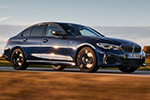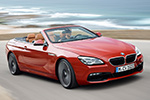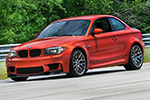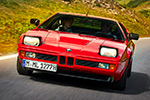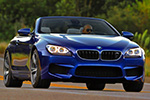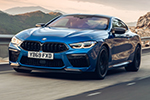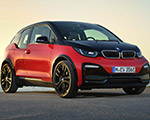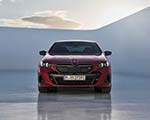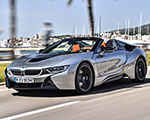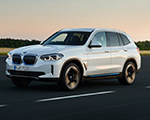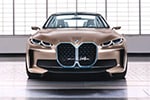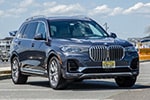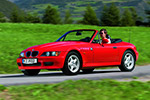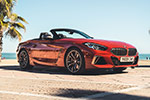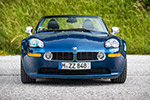Aging Like Fine Wine. Few cars embody the phrase “aging like fine wine” quite like the E60 BMW M5. Loved by enthusiasts and, at times, misunderstood by customers, this V10-powered beast was a radical departure from its predecessor when it launched in 2005. With a bold and very controversial, Bangle-era styling and cutting-edge technology, the E60 M5 pushed boundaries in ways no M5 before it had. It was truly a leap from the much-loved E39 M5 generation.
Now, 20 years later, it has cemented itself as a modern classic—a high-revving, naturally aspirated masterpiece that remains one of BMW M’s most audacious creations. In this article, we’ll revisit what made the E60 M5 so special, why it continues to captivate enthusiasts, and how its legacy has only grown stronger with time. Let’s dive in.
First Production Sedan with a V10 Engine
The E60 BMW M5 was the first M car to ever feature a V10 engine. The legendary 5.0-liter S85 V10 is naturally aspirated engine inspired by Formula 1 technology. The V10 engine motorblock came from same engine factory as BMW Formula 1 cars. It produced 507 hp (373 kW) and 520 Nm (384 lb-ft) of torque, delivering sprints from 0 to 60 mph in just 4.1 seconds. If you think about it, that’s a staggering achievement for a car that’s now 20 years old.
First M Car with a 7-Speed SMG III Automated Manual Transmission
Next on the list of novelties is the 7-speed SMG III (Sequential Manual Gearbox). This was the world’s first electrohydraulically controlled 7-speed gearbox in a production car. It offered 11 different shift settings (six in manual mode, five in automatic) and enabled launch control. But as cool as the gearbox was, it wasn’t without issues. It used a single, automatic clutch to swap cogs and shifted incredibly quickly.
However, the BMW enthusiast community largely despises it for being clunky, rough, and slower than what’s now considered acceptable. While the shifts themselves were brutally quick, the transmission’s logic often lagged, making gear changes feel jerky and unrefined. Fortunately, select markets were offered a six-speed manual, transforming the E60 M5 into a far more engaging and enjoyable driving experience.
First M with M Dynamic Mode (MDM)
The E60 M5 introduced M Dynamic Mode (MDM), an intermediate traction control setting that allowed more wheel slip than standard DSC, offering skilled drivers a balance between stability and performance. Since, MDM found its way in other BMW M cars as well and it’s now synonymous with fun driving without getting into too much trouble. There is a caveat though: The E46 M3 CSL, sold in Europe between 2003 and 2004, came with an M Track Mode. The feature was activated via a button on the steering wheel allowing the DSC to intervene only when the car was driven to the limit. Therefore, this might quality as the first MDM, without actually carrying its name.
First BMW with an 8,250 RPM Redline
The S85 is a high-revving masterpiece, built with a singular purpose—pure, unfiltered performance. With a 92 mm bore and 75.2 mm stroke, this S85 V10 delivers its 507 hp at 7,750 rpm, screaming all the way to an 8,250 rpm redline. It had the highest rev of any M engine at the time. Peak torque of 520 Nm (384 lb-ft) comes in at 6,100 rpm, keeping the powerband alive and eager. To push past 100 hp per liter, BMW engineers dialed up the compression to 12:1, squeezing out every ounce of naturally aspirated fun.
First M5 to Feature a Heads-Up Display (HUD) with M-Specific Content
The E60 M5 was the first BMW M car to offer a full-color HUD, displaying RPM, gear selection, and shift lights. Of course, the regular E60 5 Series also had a Head-Up Display, but without all the M goodies. We take the M Head-Up Displays for granted today, but it’s impressive to think that BMW engineers put this concept together over 20 years ago.
First M5 with Adaptive Suspension
For the first time, the E60 BMW M5 introduced adaptive suspension technology with Electronic Damper Control (EDC), allowing drivers to tailor the ride between Comfort and Sport settings, even dialing it in for track use. But BMW M didn’t stop there—it also took a major step forward in engine digitalization. At the heart of the system was the M button on the steering wheel, linked to the iDrive menu, where drivers could toggle between three distinct power modes:
- P400: The default setting, limiting output to 400 hp for everyday driving.
- P500: Unlocks the full 507 hp, delivering the M5’s true potential.
- P500 Sport: Further sharpens throttle response and reduces shift times for an even more aggressive drive.
First M5 Touring (E61) with a V10
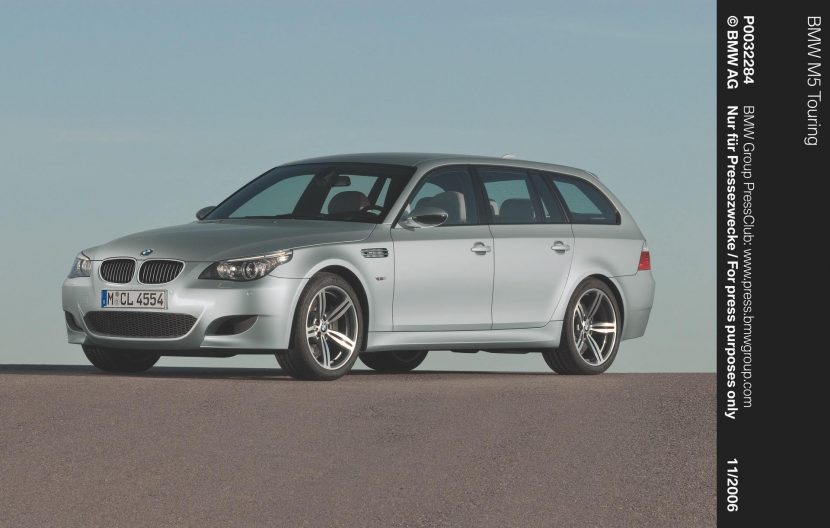
The E61 M5 Touring was the first and only M5 wagon to feature a V10 engine, making it one of the most powerful and unique BMW wagons ever. Of course, the most powerful M5 Touring ever is now the G99 M5. The E61 M5 won’t celebrate its 20th birthday until 2027.
Let’s Talk Design
The E60 BMW M5 ignited a wave of controversy with its bold and unconventional styling—a sharp departure from the more traditional BMW designs that came before it. Crafted under the direction of Chris Bangle, with Davide Arcangeli leading the design effort, the E60 embodied a new, forward-thinking philosophy that challenged the brand’s long-standing aesthetic norms. At the core of this transformation was “flame surfacing,” a radical design language that introduced sculpted, flowing lines and dramatic concave surfaces. This approach gave the E60 a dynamic, almost fluid appearance, starkly contrasting with the cleaner, more restrained look of its predecessors.
Reactions at launch were divided. While some appreciated its futuristic and aggressive styling, many BMW purists struggled to embrace it, especially when comparing it to the much-adored E39 M5. The sharp headlights, exaggerated rear design, and complex bodywork made it a polarizing figure in the M5 lineage.
Yet, as time has passed, the E60’s design has aged in a way few expected. What was once seen as controversial is now admired for its boldness and character. In an era where many modern cars blend into a sea of similar designs, the E60 M5 stands out wherever it goes.
There is an even deeper and more emotional story to the design of the E60 M5. Arcangeli was not only a very talented designer but he was also beloved by the rest of his team. Shortly after Arcangeli penned the E60 5 Series, it was taken to the board and immediately approved. Only days after the E60 was green-lit, though, Arcangeli died of Leukemia. In a conversation with us in 2020, Bangle told us that the Arcangeli’s death deeply affected the entire team but also galvanized them to push his design through to production without changing a single thing, to honor their lost friend.
However, don’t assume that the team felt the design needed changing. Bangle, as well as the rest of the design team at BMW, was impressed with the design and Arcangeli’s creative problem solving.
The E60 M5 will always prove the BMW is not afraid of taking chances and pushing the envelope when it comes to design and technology, and this is why the upcoming Neue Klasse family could be an exciting milestone in the company’s history.




















































